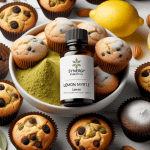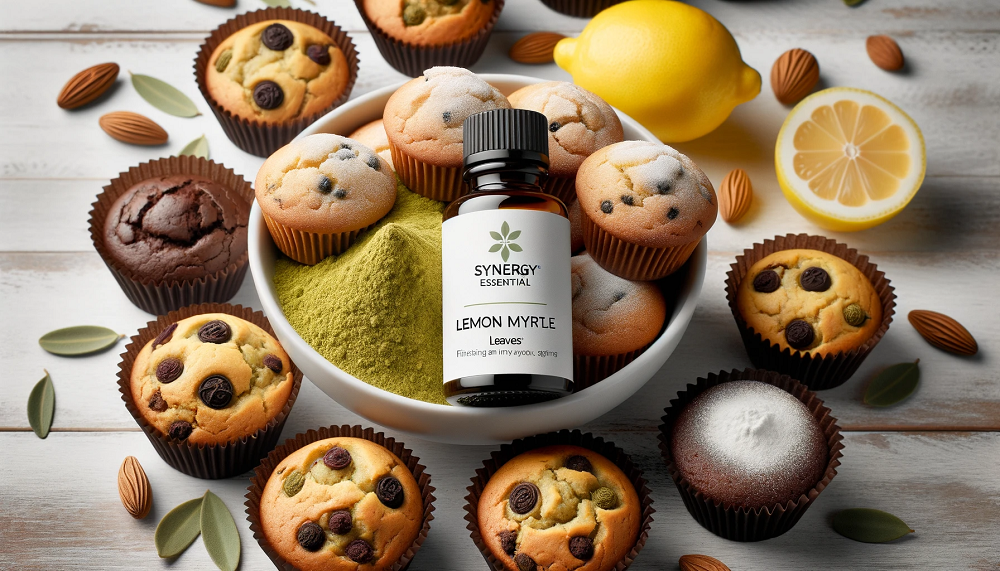- Aniseed Myrtle is gaining popularity in Indian kitchens for its unique sweet, licorice-like aroma.
- Its versatility spans desserts, curries, rice dishes, and herbal infusions.
- Evidence suggests antioxidant properties, but use should remain within culinary quantities.
- Quality sourcing is key to retaining flavour and safety.
- Synergy Essential prioritizes purity and sustainable sourcing.
What It Is and Why It Matters Now
Aniseed Myrtle (Syzygium anisatum) is an aromatic native Australian spice now making waves in Indian cuisine. Recognized for its sweet anise and licorice notes, it offers a distinctive twist on traditional recipes. In recent years, global interest in native botanicals has surged, with chefs integrating these flavours into multicultural dishes (ABC Everyday, Australian Herbs).
Benefits and Evidence
Research indicates that Aniseed Myrtle contains compounds with antioxidant activity, which may help protect foods from oxidative spoilage (ScienceDirect). Culinary use enhances sensory complexity while adding a natural sweetness without refined sugar. However, evidence is limited to lab and small-scale studies; no authoritative clinical claims should be made. Aniseed Myrtle is generally safe in food amounts, but concentrated extracts should be approached cautiously, especially by those sensitive to anise-like plants.
How to Use
Indian cooks are innovating with Aniseed Myrtle in both sweet and savoury contexts:
- Infuse into masala chai for a fragrant twist.
- Add to rice pilafs alongside cinnamon and cloves.
- Blend into dessert batters for a warm, sweet undertone.
- Steep leaves for herbal tea or aromatic syrup bases.
| Form | Suggested Use |
|---|---|
| Dried Leaves | Steep in hot liquids, grind into spice blends. |
| Ground Powder | Mix into baking recipes, curries, sauces. |
| Extract/Oil | Aromatherapy, light flavouring for beverages. |
Quality and Sourcing
Look for organically grown Aniseed Myrtle, free from synthetic additives, and stored in airtight containers to preserve aroma. Sustainable harvest ensures ecological balance and flavour integrity. At Synergy Essential, premium-grade batches are selected from trusted growers, rigorously tested for purity, and packaged to lock in freshness.
FAQs
Is Aniseed Myrtle safe for children?
Yes, in small culinary amounts, but avoid concentrated extracts for young children without advice from a professional.
Does it taste like fennel?
It shares a sweet licorice note, but has a softer, more floral profile compared to fennel.
Can I grow Aniseed Myrtle at home?
Yes, in suitable climates; it prefers temperate regions and well-drained soil.
Is it gluten-free?
Naturally gluten-free when used as a spice.
Does cooking affect its flavour?
Extended heat can diminish potency; add towards the end of cooking for maximum aroma.
Disclaimer
This article is for culinary and general wellness information only. It is not medical advice. Always consult a qualified professional before making dietary changes.
Conclusion
Aniseed Myrtle is enriching the Indian culinary scene with fragrant depth and creative possibilities. Whether enhancing chai, infusing rice, or uplifting aromatic desserts, this sweet spice offers a world of flavour. Explore more inspired wellness and culinary stories at Synergy Essential Blog.

